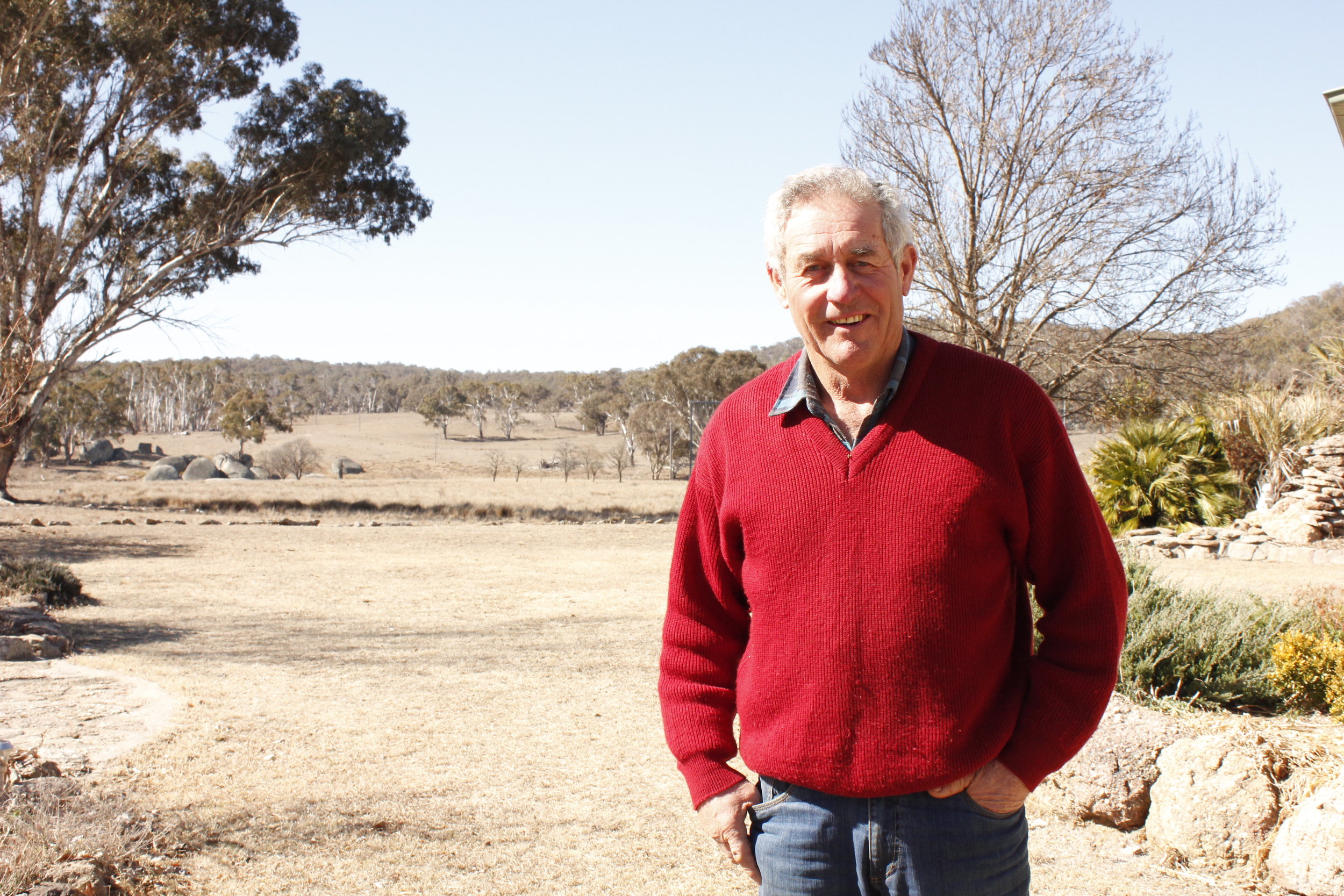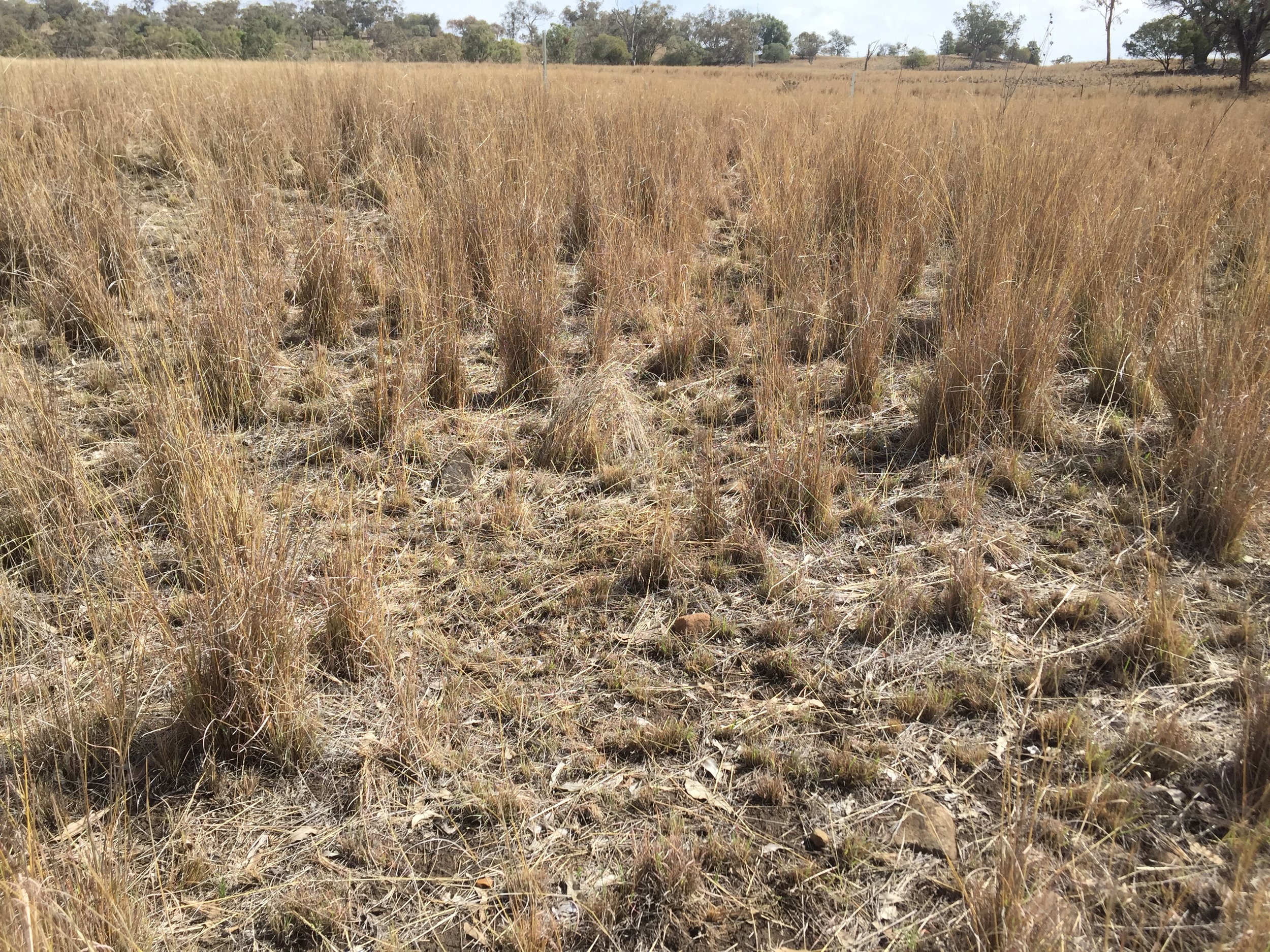After spending the last 5 years with my head buried in a lot of ecological and soil science, completing my degree in Ecology at the University of New England, this project has come along at a really interesting time for me. With my degree finished, I’m now grappling with the role that science can play in helping farmers understand how their landscapes function. I’m also thinking that as an artist I might be able to approach this science a bit differently.
Ecosystems are these crazy, dynamic, self-regulating systems where organisms (plants, animals, microbes) both above and below ground interact with each other and with the influence of physical systems like climate, topography and human management. As humans we constantly grapple with understanding how ecosystems work, our place within them and the extent to which we influence them. Yet trying to scientifically quantify these relationships can be very difficult, because there are so many different influences taking place (called ‘variables’ in scientific speak).
Image sourced from https://www.rootrescue.com/site/mycorrhizal-science
For example, mycorrhizal fungi play a really important role in the way that ecosystems function. These fungi form beneficial relationships with most plants and trees. They connect to plants through their roots and provide them with nutrients in return for carbon ‘sugars’ from the plants. This carbon ends up in the soil as stable compounds which are essential for forming humus. Mycorrhizal fungi also protect plants from disease and the increased soil carbon aids water infiltration and can help to mitigate climate change. Research is showing how mycorrhizal fungi can form underground networks helping entire communities of plants to survive a drought and facilitating communication between plants, for example to warn each other from insect attacks. Yet some fungi associate better with some plants than others, and the degree to which the effects are beneficial might also depend on multiple intertwining factors like rainfall, soil type, temperature and how we manage our landscape. It is very hard to reduce the benefits of mycorrhizal fungi scientifically to a single cause and effect. Understanding soil ecology and other ecological processes involves a complete mind shift away from reductive thinking, one that I am only just starting to get my head around. It requires us to paint a picture of a particular ecosystem with its network of influences. While I’m not a painter, I believe that art more broadly is an interesting tool to set this in motion.
In my project I want to explore what is happening in a landscape when a farmer wants to make changes to improve soil and landscape health, that is, to improve how these systems function, making them more resilient and productive in the long term. I am also interested in how farmers understand these ecological changes. How do they know that their agro-ecosystem is improving, becoming healthier, functioning better? A lot of these cues and signs are visual. This is what I’ve been interested in as a scientist, but I also want to explore this as an artist. I aim to work with farmers and, with the help of some scientists, together we will visually tell the story of their landscapes.
So where is my project at? I’ve put a call out for participating farmers and have started to make contact with potential collaborators. I have already visited two farmers, Tim Wright in Uralla, and Judi Earl in Coolatai. You could say I went straight to the gurus.
Tim and I spent a couple of hours in his kitchen drinking lots of tea (I think drinking tea is going to be a feature of my project). Tim’s story forms a chapter in Charlie Massy’s Call of the Reed Warbler and so I won’t repeat too much of it here (because you should go out and read the book if you haven’t already). Tim was an early adopter of Holistic Management in Australia and the first thing that strikes me about him is his unwavering confidence that his farm is in good shape. In the middle of a crippling drought Tim knows that with a bit of rain his farm is going to bounce back fast, faster than a lot of other farms. I asked him what he looks for in his landscape as positive indicators. Earthworms is a big one, plant diversity and ground cover. These are simple indicators of soil health, but they tell Tim that his landscape is in the best shape it can be, even in a drought.
Tim with a map of his property that shows the small paddocks that his livestock move between following holistic management principles. Photo by Alex Wisser.
I first met Dr Judi Earl a few years ago at the Biological Farming Conference. Judi has an amazing knowledge of pasture ecology and has spent many years working with farmers improving their landscapes. Visiting Judi on her property in Coolatai had always been on my ‘to-do’ list. Why? Because Judi lives about 2km from Coolatai Station, introducer of the famous Coolatai grass. This dominant perennial grass was perfectly suited to the overgrazed slopes and plains of the region. It strangled the native grasslands far and wide across northern NSW to form a dominant monoculture. Judi bought her property Glen Orton with clear aims: to regenerate the landscape using managed grazing, restoring plant diversity and building better soils.
Many amazing lightbulb moments occurred when I was on Judi’s farm. I learned that patience is a virtue when it comes to understanding ecological change. Judi has spent years working tirelessly to open up gaps in the Coolatai grass. She has done this by using Holistic Grazing techniques where mobs of livestock trample the plant matter and create a mulch layer perfect for other grasses to grow that might be lying dormant in the seedbed. All this while carefully managing her grazing, making sure that she retains a high percent of plant biomass in the landscape to maintain soil carbon levels and prevent overgrazing. However, the farm is in a summer rainfall dominant area, so its growing season is mainly January – March. With the variable weather over the last decade Judi has only had a handful of growth events. She is still waiting for the right rain at the right time to kick-start the seedbed and encourage more diversity in her pastures. Judi sees her farm as a whole system. She has done what she can, put things in place, but if the weather isn’t working in her favour she needs to wait.
Secondly Judi taught me to see potential in a landscape. She chose Glen Orton because it had a high tree diversity and high variety of soil types. This is an ecological indicator that suggests the potential for diversity. Judi is one of those rare people who can truly read a landscape.
Grasses at Coolatai. The trampling of mobs of cattle followed by long rest periods creates openings in the grass with a mulch layer to facilitate the emergence of other grasses in the seedbank.
I’ve got a few ideas brewing in my head. I’ve been thinking a lot about how to work with farmers to tell the story of what is happening in their landscapes and how to share these stories with audiences. I’ve also been thinking about how a farmer might seek to have scientific questions answered. What if we could bring the scientists to farmers? Stay tuned.














